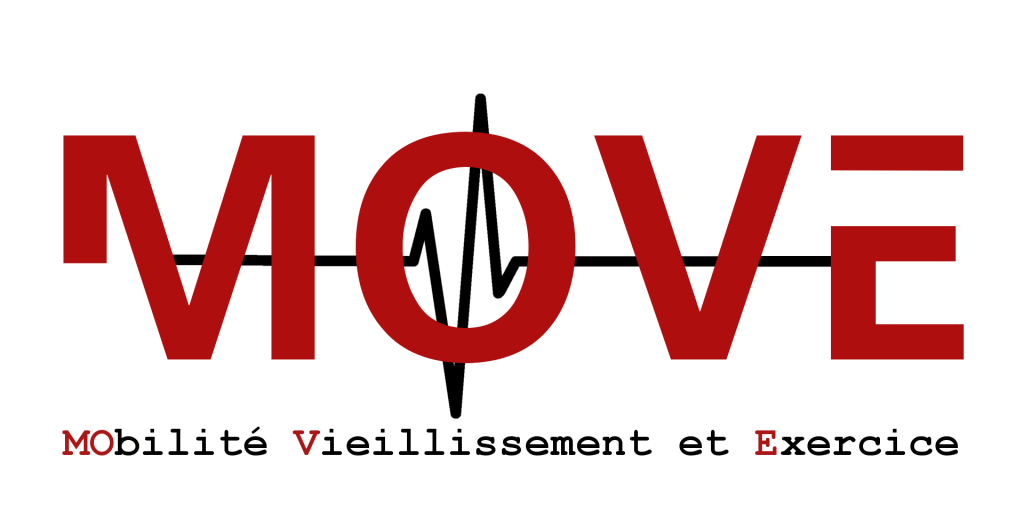Nocturnal hypoxemia, blood pressure, vascular status and chronic mountain sickness in the highest city in the world
Résumé
Introduction: Chronic mountain sickness (CMS) is a condition characterized by excessive erythrocytosis in response to chronic hypobaric hypoxia. CMS frequently triggers cardiorespiratory diseases such as pulmonary hypertension and right or left heart failure. Ambient hypoxia might be further amplified night-time by intermittent hypoxia related to sleep-disordered breathing (SDB) so that sleep disturbance may be an important feature of CMS. Our aim was to characterize in a cross-sectional study nocturnal hypoxaemia, SDB, blood pressure (BP), arterial stiffness and carotid intima-media thickness (CIMT) in highlanders living at extreme altitude. Methods: Men aged 18 to 55 years were prospectively recruited. Home sleep apnoea test, questionnaires (short-form health survey; Montreal cognitive assessment; Pittsburgh Sleep Questionnaire Index and the Insomnia severity index), 24-h ambulatory BP monitoring, CIMT and arterial stiffness were evaluated in 3 groups: i) Andean lowlanders (sea-level); ii) highlanders living at 3,800 m and iii) highlanders living at 5,100 m. Analyses were conducted in subgroups according to 1) CMS severity 2) healthy subjects living at the three different altitude. Results: Ninety-two males were evaluated at their living altitudes. Among the 54 highlanders living at 5,100 m, subjects with CMS showed lower mean nocturnal oxygen saturation (SpO 2), SpO 2 nadir, lower pulse wave velocity and higher nocturnal BP variability than those with no-CMS. Lower nocturnal SpO 2 nadir was associated with higher CMS severity (ß¼ À0.14, p¼.009). Among the 55 healthy subjects, healthy highlanders at 5,100 m were characterized by lower scores on quality of life and sleep quality scales and lower mean SpO 2 compared to lowlanders. Conclusions: Lower nocturnal SpO 2 and higher nocturnal BP variability are associated with CMS severity in individuals living permanently at high altitude. The role of lower SpO 2 and higher nocturnal BP variability in the cardiovascular progression of CMS and in the overall prognosis of the disease need to be evaluated in further studies.
Origine : Fichiers éditeurs autorisés sur une archive ouverte
